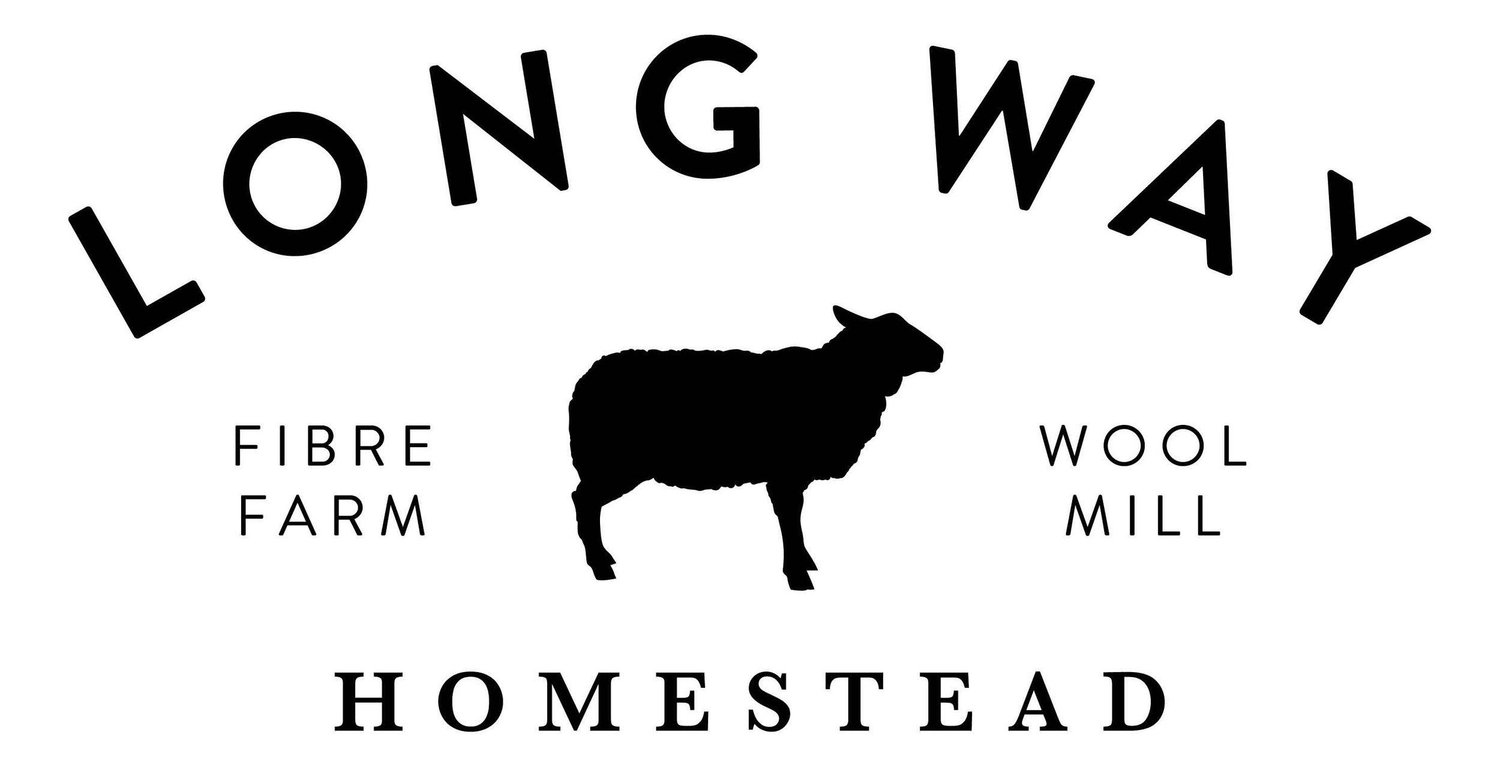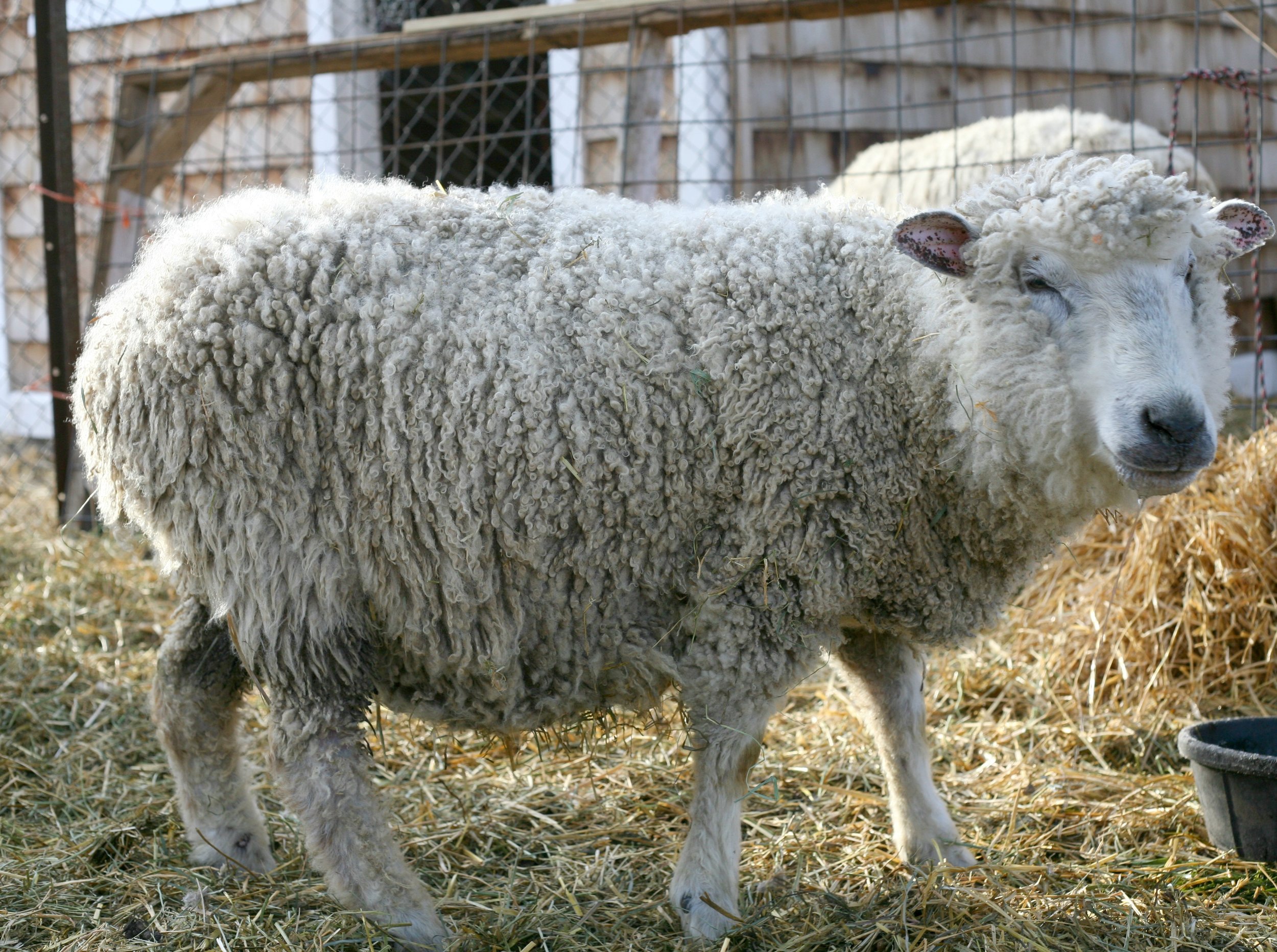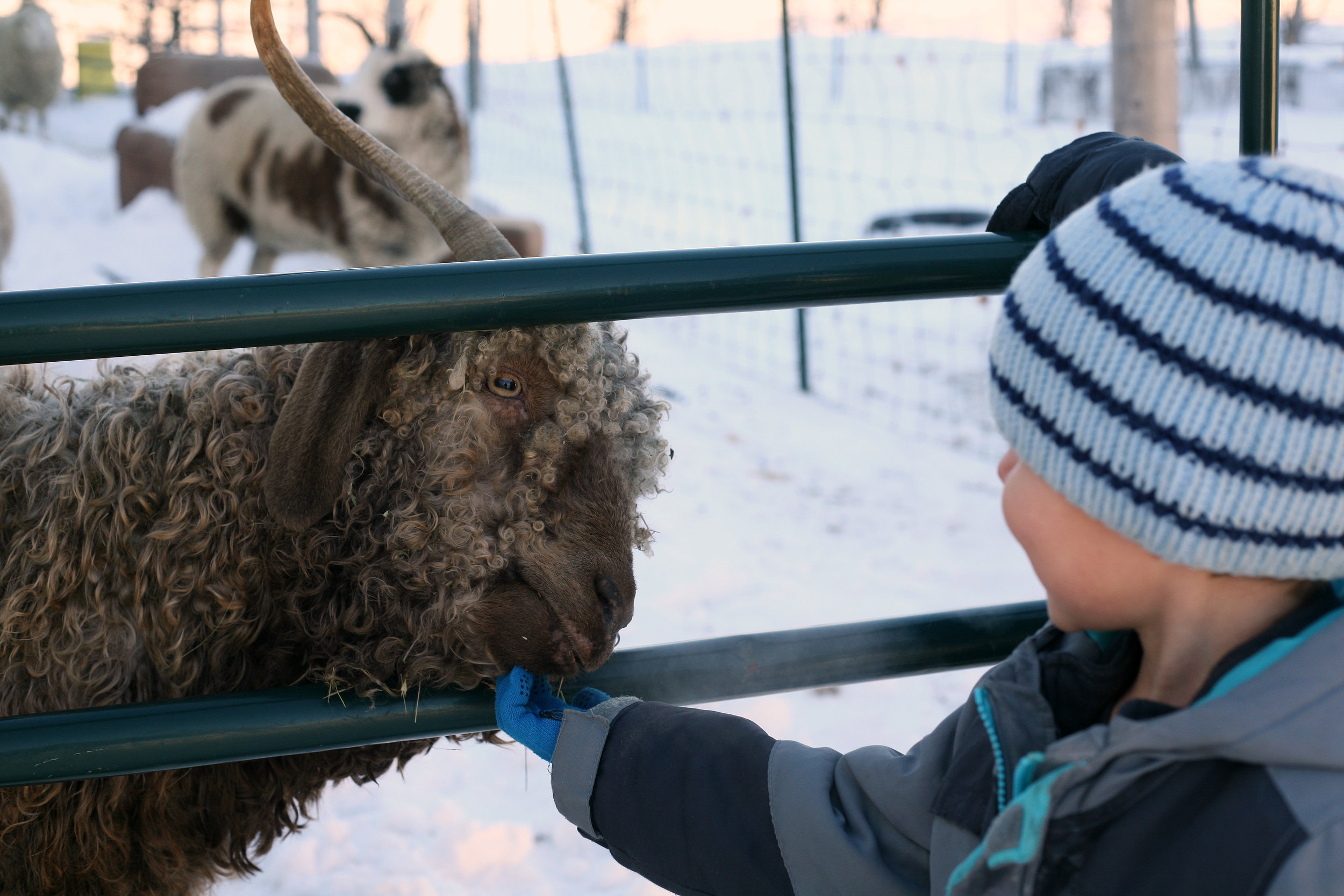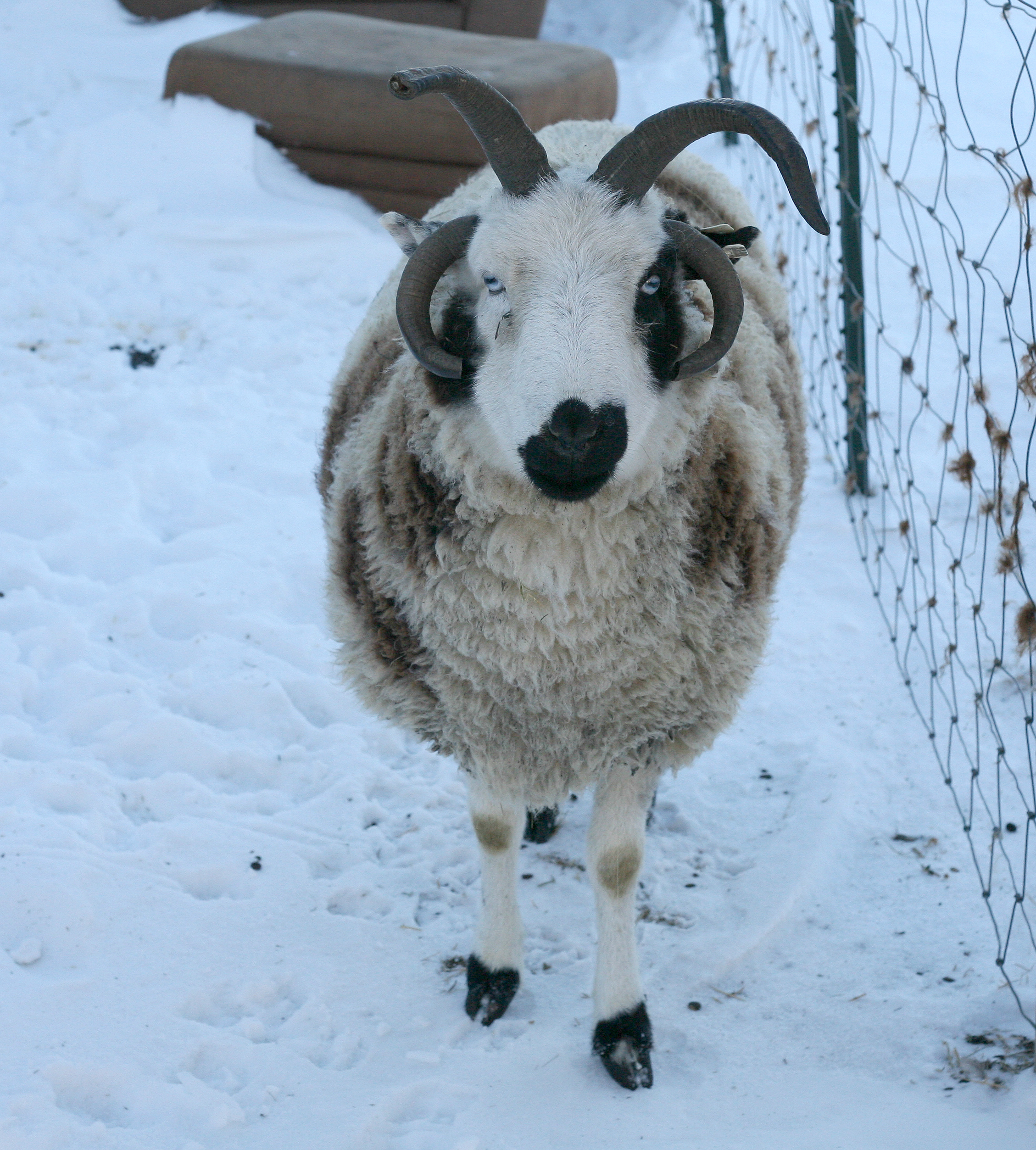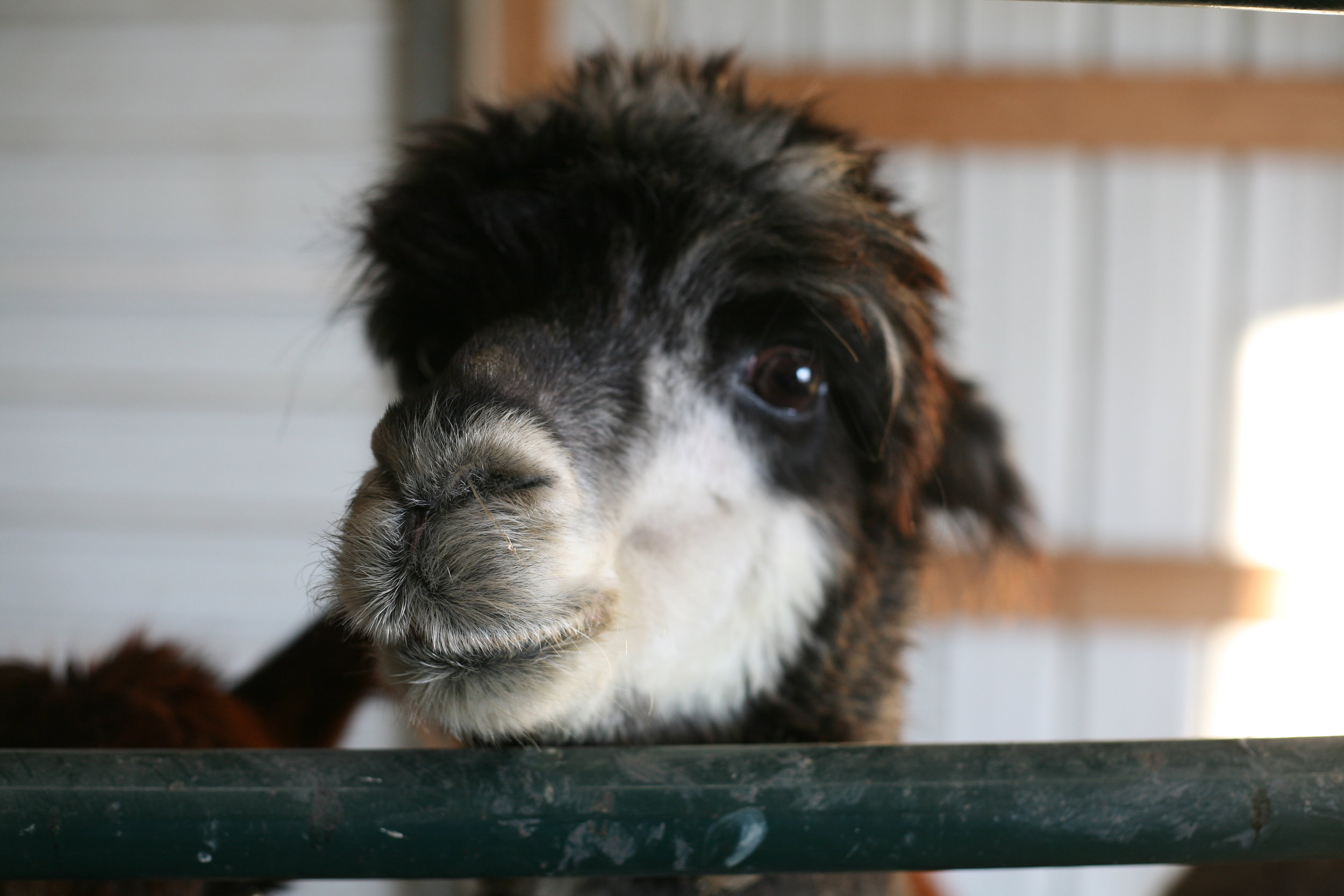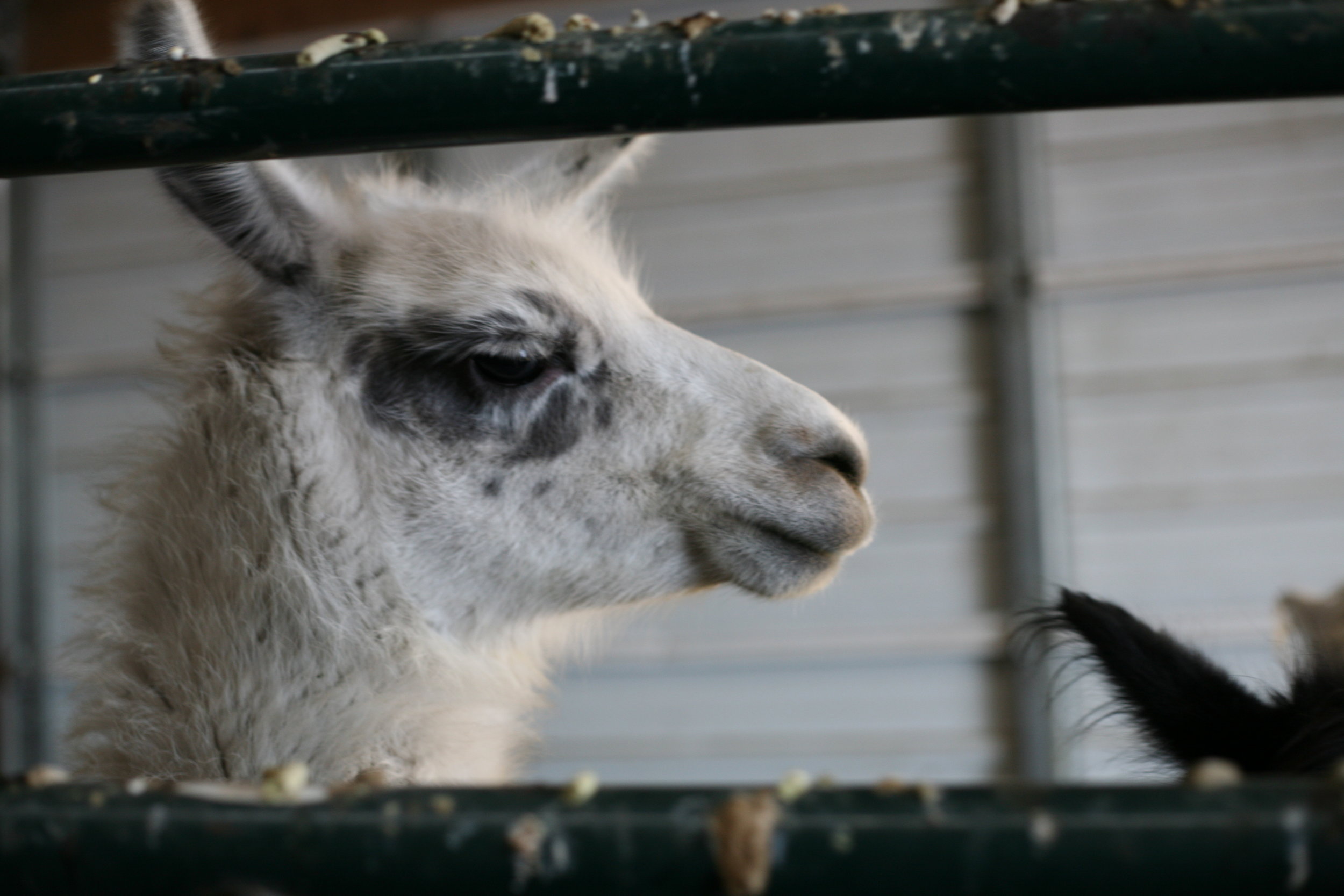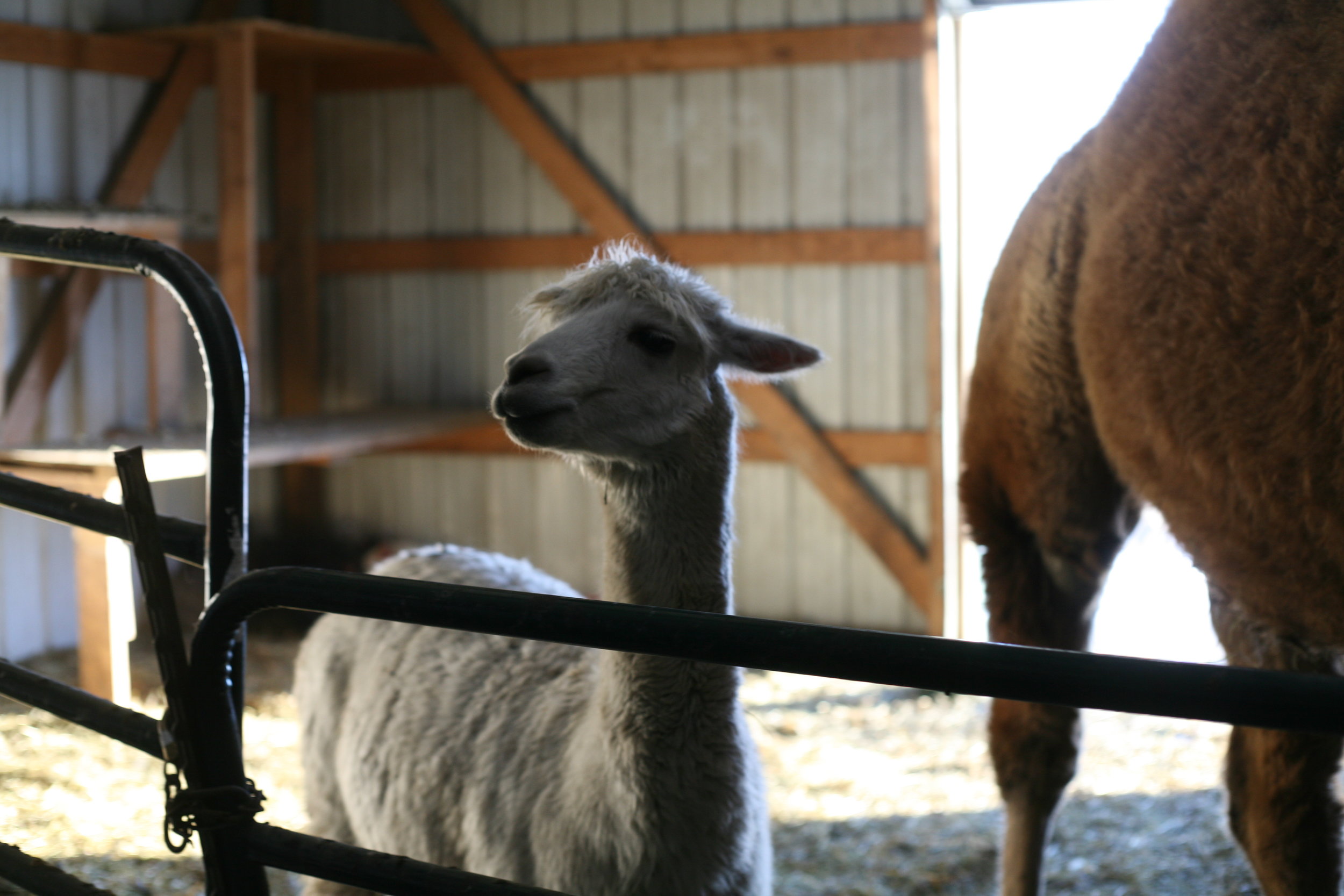It’s been a hard year for so many small businesses. Here in Manitoba we are heading into a code-red situation with the Coronavirus and total lockdown is upon us again. This means that any pre-holiday markets or sales will definitely not happen. I have appreciated the support of so many during the last 8 months who have chosen to support small businesses and shop ‘local’.
Here is my Gift Guide for 2020 - a curated list of my favourite items for gift giving from our farm and from other local Manitoba farmers and local wool producers! If you don't live in Manitoba, we encourage you to find out who your local farmers are. Purchasing directly from small farms makes a huge impact on our ability to do the kind of work we do! Our final delivery to Winnipeg before the holidays is December 21st.
Manitoba Regenerative Farmers that do weekly or monthly deliveries to Winnipeg, and will add some excellent food to your holiday feasting:
*** the bottom of the gift guide lists other fantastic makers in Manitoba that focus on local, sustainable textiles and farming!
If you are interested in the Canadian Wool Industry and would like to support the work we are doing around wool education & advocacy, consider supporting or gifting a monthly support for our Patreon. We are putting the Canadian wool industry under a microscope and re-imagining ways that we can build resilient, local fibre systems. you can read more about it here.
Climate Positive Toque
This toque was made using 100% rambouillet wool from a Manitoba sheep farm that utilizes carbon farming practices that sequester carbon from the atmosphere into the soil. The wool was spun in a low-emissions wool mill and manufactured in Eastern Manitoba. The toque was dyed using plants that were grown or foraged in Manitoba. (comes in white or light or dark grey)
Wool Pillows
Check out all the reasons why a wool pillow will contribute to your sleep:
1) wool is hypoallergenic.
2) wool is temperature regulating
3) wool is a natural, renewable and sustainable product.
4) wool is comfortable.
You can purchase 1 or a set of 2 pillows.
Solar Dye Kit
Our popular, natural dye solar dye kit. Includes 25 grams of dk or worsted weight wool (from our mill and locally harvested or grown natural dye materials. These kits are a simple introduction to natural dyeing and are a great option for kids as well!
This includes instructions for solar dyeing, and all the supplies. Jar not included to keep shipping costs low. Any 1 Litre glass jar will work - and a great option for reusing your old pickle jars!
This is a great gift idea for kids too!
Breed Specific Knitting Zoom Workshop
Each breed of sheep produces a distinct type of wool for knitting and crochet. Understanding the qualities and characteristics of these breeds will inform and accentuate your knitting. Texture, colourwork, cables and drape are all affected by the unique wool breeds.
This workshop will give a brief overview of some accessible single-breed wools and the variety they can offer to your knitting. We will also briefly explore the history and tradition of these single-breed wools. This workshop is an online ZOOM workshop, however samples of raw wool and finished yarn will be shipped prior to the class.
Wool Dryer Balls
About our WOOL dryer balls
100% wool (no synthetics), hypoallergenic
reduce drying time by improving air flow in the dryer
reduces static cling and keeps clothes soft
wool dryer balls should last 2-4 years
Gift Card
Want to give a Long Way Homestead gift to someone you love, or someone who loves Long Way Homestead? Now you can with our digital gift cards!
For a full list of all the breed specific and naturally dyed yarn we have check out our website HERE.
These are some other amazing farmers and makers in Manitoba who are focusing on local/sustainable fibre, yarn, natural dyeing, textiles! Shop local and support small businesses, farms and mills!
